
Immersive Technology Driving A Paradigm Shift In Design Architecture Pedagogy And Learning
Gautam Tewari, Co-creator, Trezi & Inspirer, Trezi Academy | Tuesday, 17 November 2020, 10:21 IST

The future of design learning lies in embracing immersive technology. Within the design community and academia, collaborations, discussions and constructive criticism form an integral part of knowledge dissemination. Since the education system is moving towards a specialists’ culture that crafts varied programs, the AEC industry now has experts coming together to execute niche parts of larger projects to create functional as well as aesthetic-built environments. Hence, the focus on collaboration has become all the more crucial. It is, therefore, even more essential than ever to ensure communication and collaboration are seamless and not limited by geographical and physical constraints posed by the pandemic.
The need for remote learning and work has only been accelerated by COVID-19, forcing institutions and students alike to adapt even as they struggle to keep communication channels efficient as well as viable. While we cope with the present state of affairs, these challenges also offer the opportunity to create an alternative workflow for academia that does not shy away from technology and stigmatize its use in the design process, but rather optimizes its use to ensure its best application. Immersive technology platforms have a myriad of tools to offer that would allow students to get a comprehensive and hands-on experience of design through easy and informed modifications and discussions with design mentors. Current methods, leave students and mentors handicapped by not allowing the exploration of products as well as design options in real-time.
Hence, the use of technology creates a transparent process of discussion, to create a better feedback mechanism for improved and efficient design understanding. Through the application of virtual reality, design understanding can be revolutionized by moving from static methods of design presentation such as 2D drawings and 3D imagery to a more dynamic interactive experience that is true to scale and proportion. Further by connecting the design fraternity with building product manufacturers, immersive technology provides the requisite tools and platforms to not only bolster design communication within the academic realm, but also extend learning opportunities beyond academic circles, thereby allowing students to familiarize themselves with the latest building products, industry trends. A technologically backed curriculum, therefore, becomes the ideal plug-in for a robust education system that would better prepare students for the professional world by increasing their skillset and subsequent employability - all this through a digital-first career.
With unprecedented disruption around us, the architectural practice and education have both been severely impacted. As we move ahead with heavy feet, it is essential to equip ourselves with tools to ensure the resurrection of design education as well as the utilization of technology to reinforce the future. Immersive technology isn't just a tool for us to achieve our systemic goals in the present, but also has applications that are far-reaching in their impact. For instance, the substitution of in-person meetings and class presentations with virtual collaborative platforms isn't just efficient economically, but also reduces the environmental impact and the carbon footprint of institutions. By embracing technology and newer ways of thinking, we are ensuring a holistic and resilient way forward for design pedagogy and learning. The future of design learning lies in the acceptance and application of immersive technology.
CIO Viewpoint
Unlocking the Potential of Cloud and AI: A...
By Pratik Jain, Lead Business Analyst – Digital Transformation, ACS Global Tech Solutions
Importance of Zero-Trust Cloud Security in the...
By Sameer Danave, Senior Director Marketing, MSys Technologies
The Transition to a Cloud-First World
By Kapil Makhija, Vice President -Technology Cloud, Oracle India
CXO Insights
AI Integration in Multi-Cloud and Edge...
By FaizShakir, VP & Managing Director – Sales, Nutanix
The Role of Hybrid Cloud in ERP Integration
By Swapnil Jugade, CIO, Revent Group
Cloud Sustainability and Its Role in a Greener...


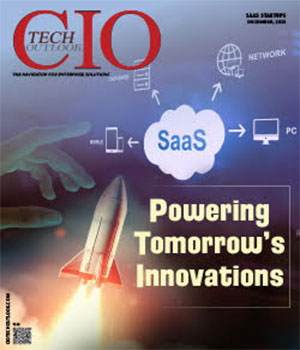
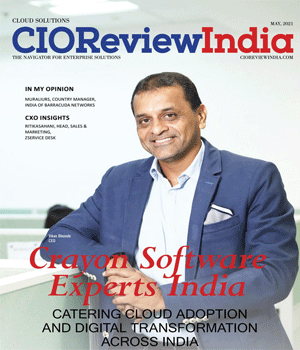
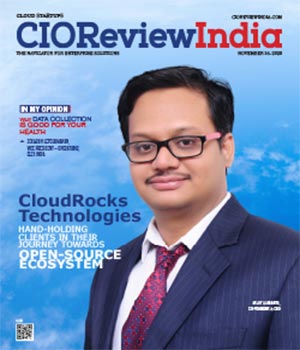
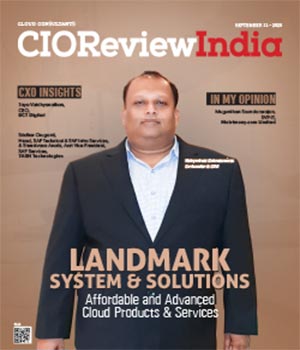
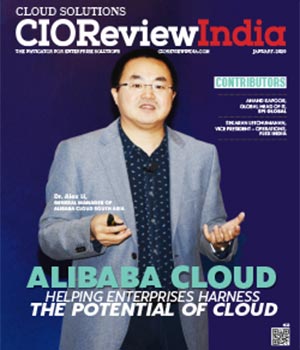
.jpg)
.jpg)
.jpg)
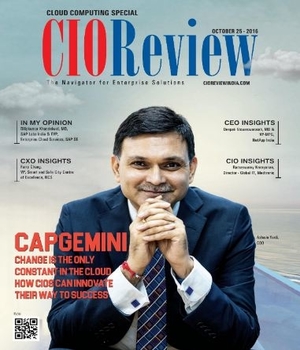
.jpg)
.jpg)
.jpg)
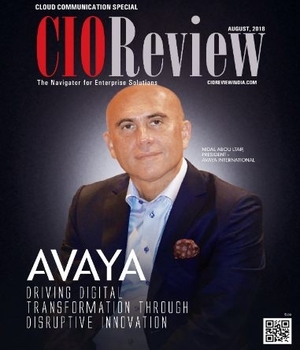
.jpg)
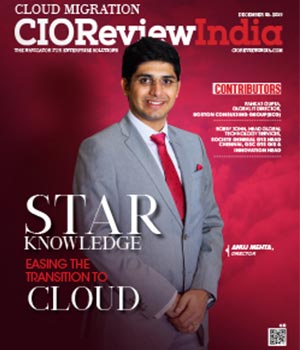
.jpg)




